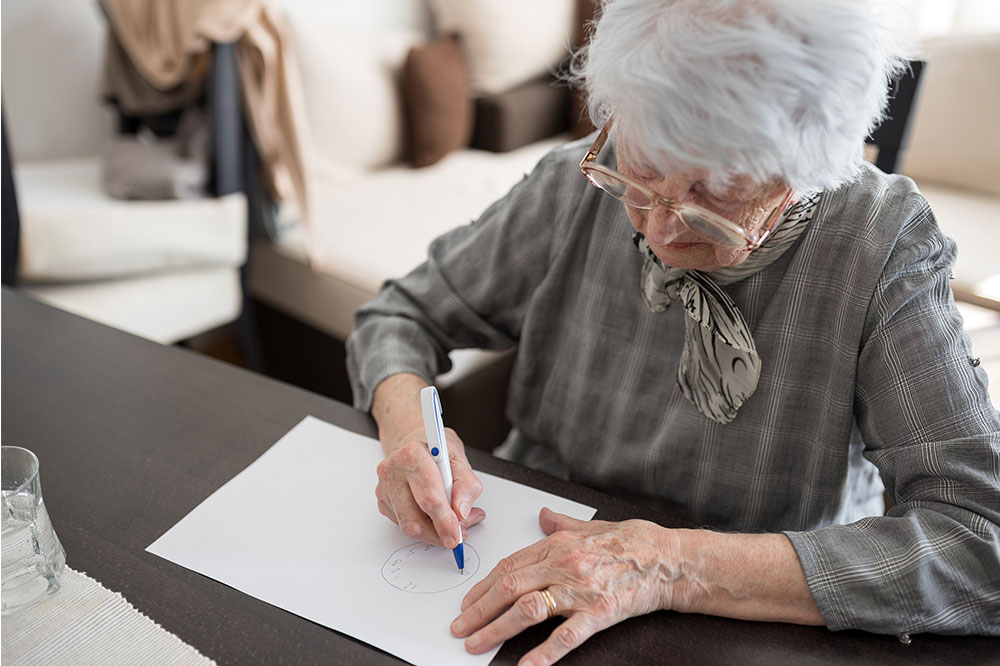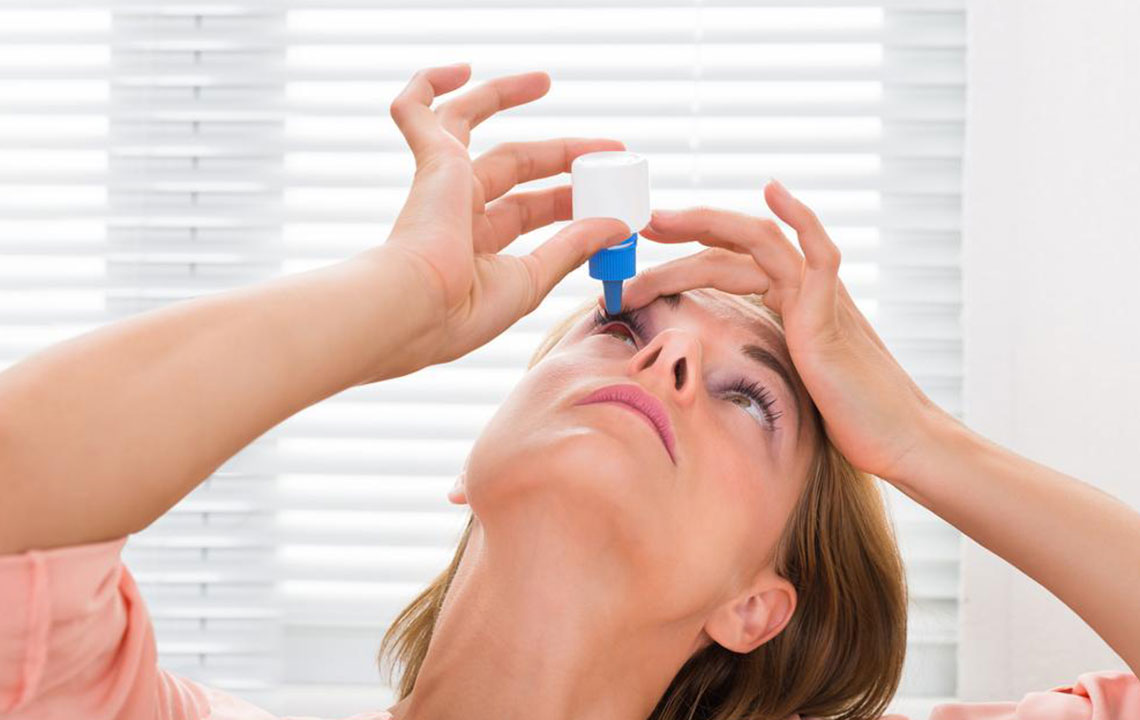Understanding Rib Pain: Causes, Diagnosis, and Treatment Strategies
This comprehensive guide explores the causes, diagnosis, and treatment options for rib pain. It emphasizes the importance of timely medical evaluation for persistent or severe discomfort and offers practical advice for managing minor injuries. The article highlights common causes such as muscle strains, fractures, and inflammation, and provides insights into proper diagnosis and treatment strategies to ensure effective care and recovery.

Understanding Rib Pain: Causes, Diagnosis, and Treatment Strategies
discomfort in the rib area can stem from various factors, including muscle strains or broken ribs. It may occur following an injury or for no apparent reason. The pain may be sharp, dull, or aching and is often felt above the abdomen or below the chest. Sometimes, rib pain signals a more serious health condition. If you experience such discomfort, prompt medical evaluation is essential to determine the cause and receive appropriate care.
Common Causes of Rib Pain
Key causes include strained muscles around the chest and fractured ribs. Other potential causes involve:
Rib fractures
Pleurisy or lung lining inflammation
Inflamed cartilage in the ribs
Chest injuries
Muscle spasms
Broken ribs
Bony diseases like osteoporosis
Diagnosing Rib Discomfort
During initial assessment, healthcare providers will review your symptoms and ask about movements that worsen the pain. Providing detailed information helps guide the necessary tests to pinpoint the cause, allowing for precise treatment planning.
Treatment Options for Rib Discomfort
Treatments vary based on the root cause. Minor issues like strains or bruises can be managed with cold packs to reduce swelling. Over-the-counter pain relievers may help alleviate discomfort, but persistent or severe pain warrants medical attention. Immediate consultation is advised if pain worsens with breathing or certain movements. For muscle strains, physical therapy and proper exercises can help decrease pain naturally, provided they are performed correctly under professional guidance.
Note:
Our blog offers diverse information based on research and practical insights, but it should not replace professional medical advice. Readers are encouraged to consult healthcare providers for personalized diagnoses and treatments. The website does not assume responsibility for data accuracy or missing information about offers or schemes available elsewhere.










